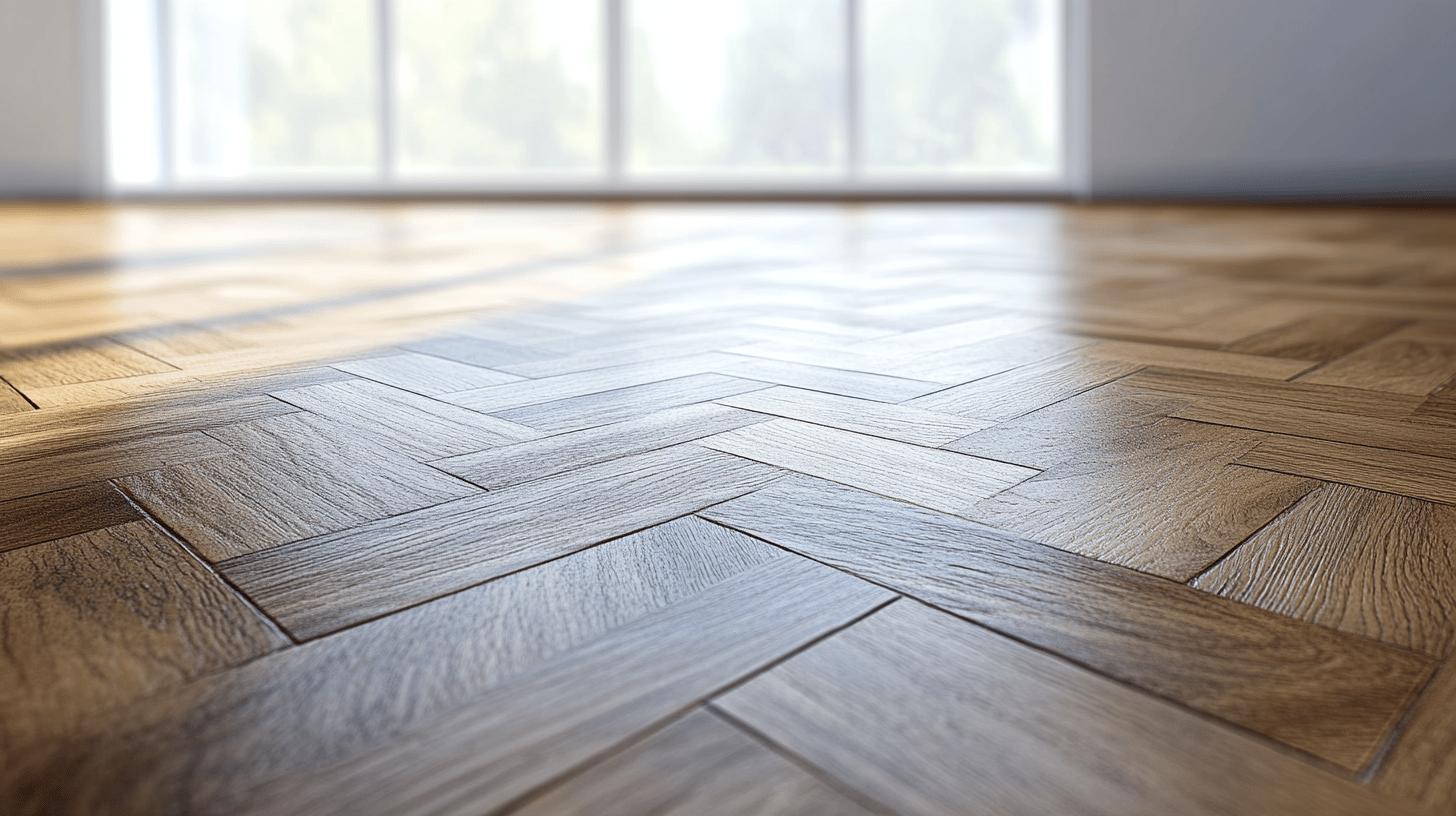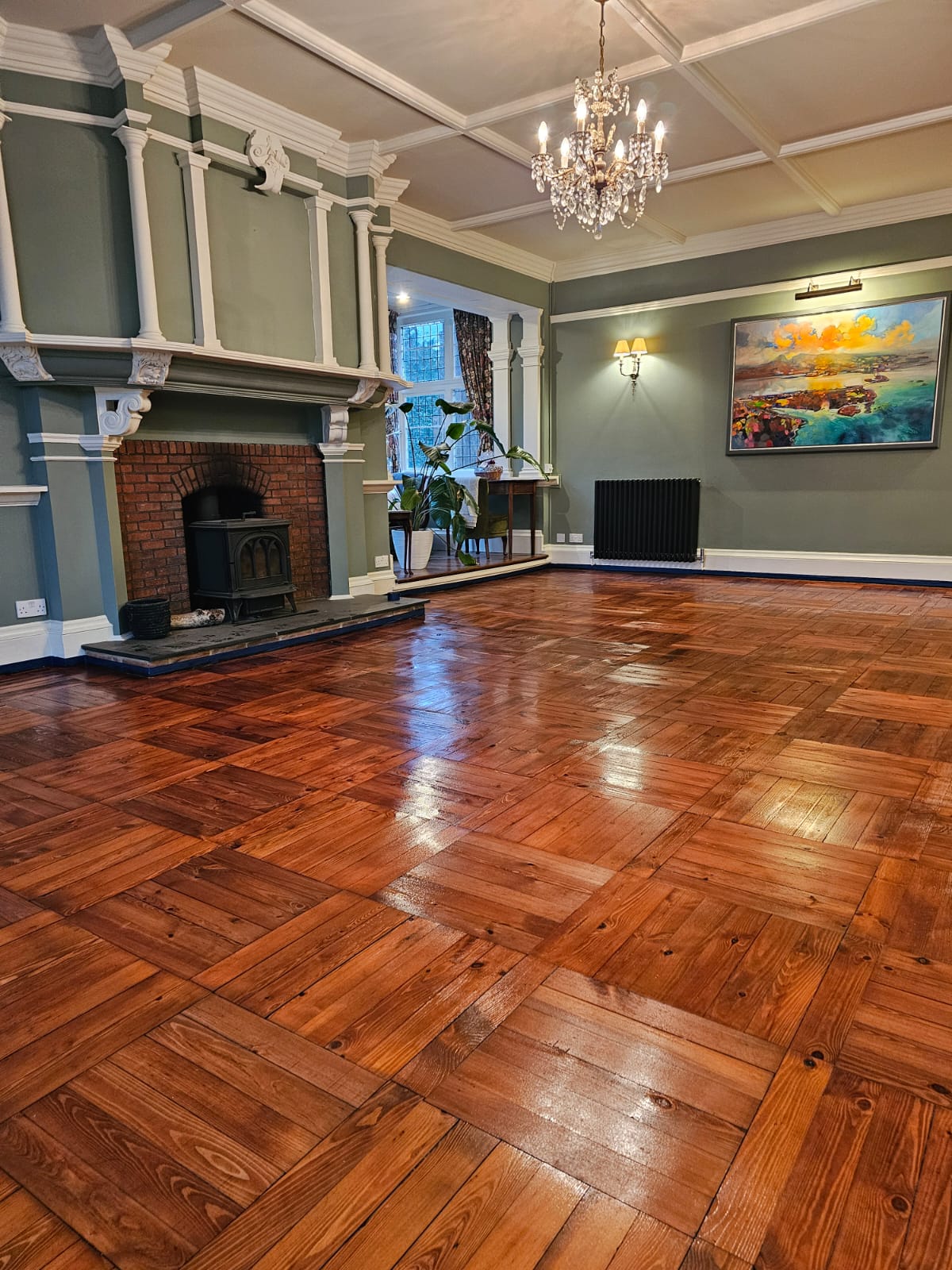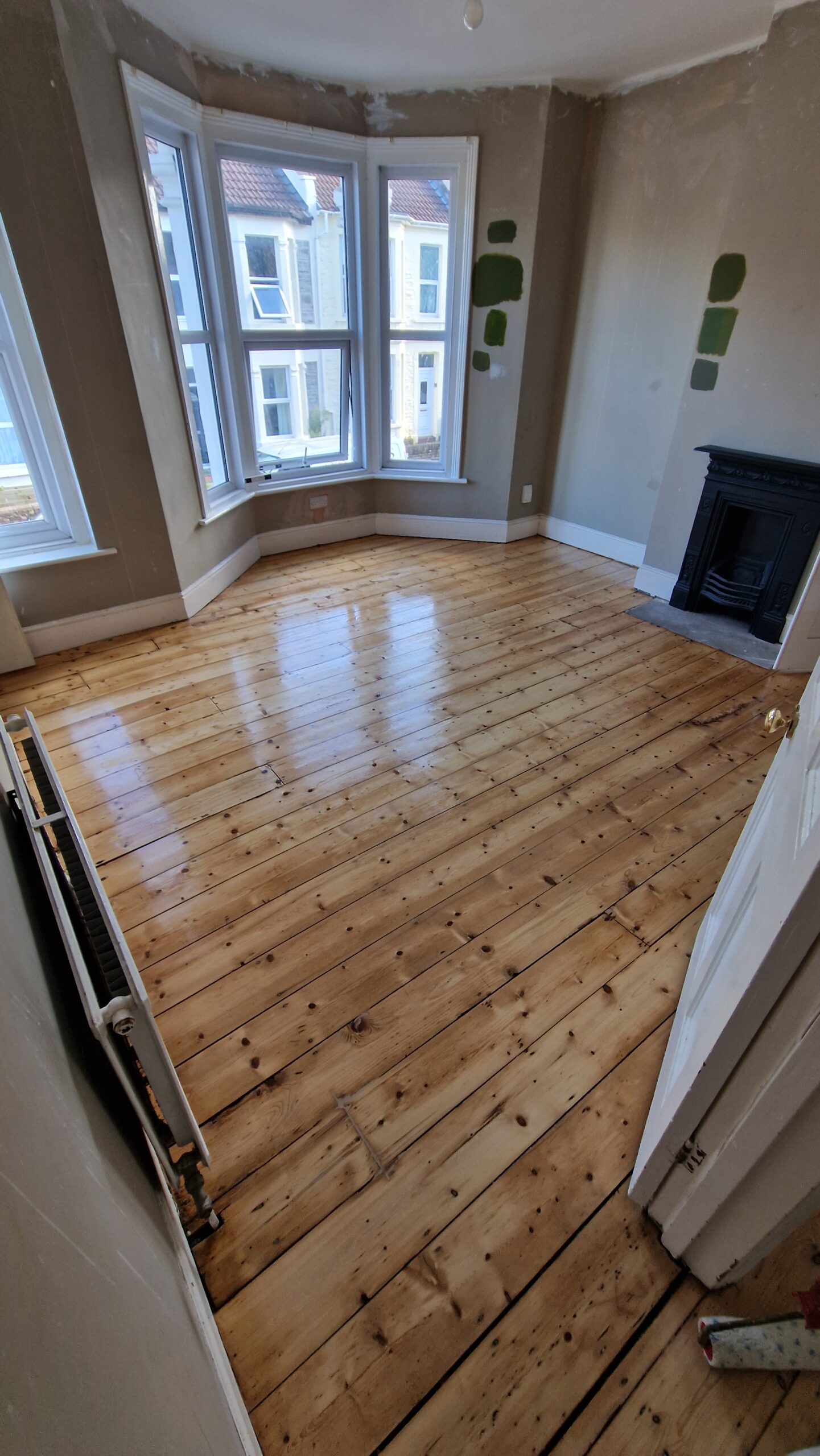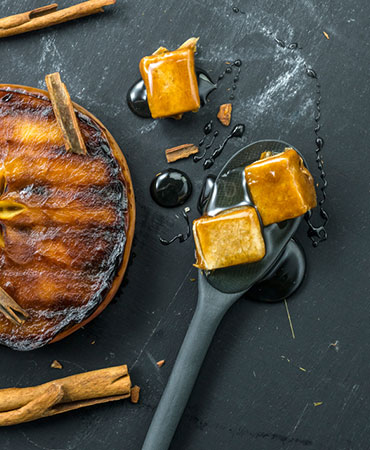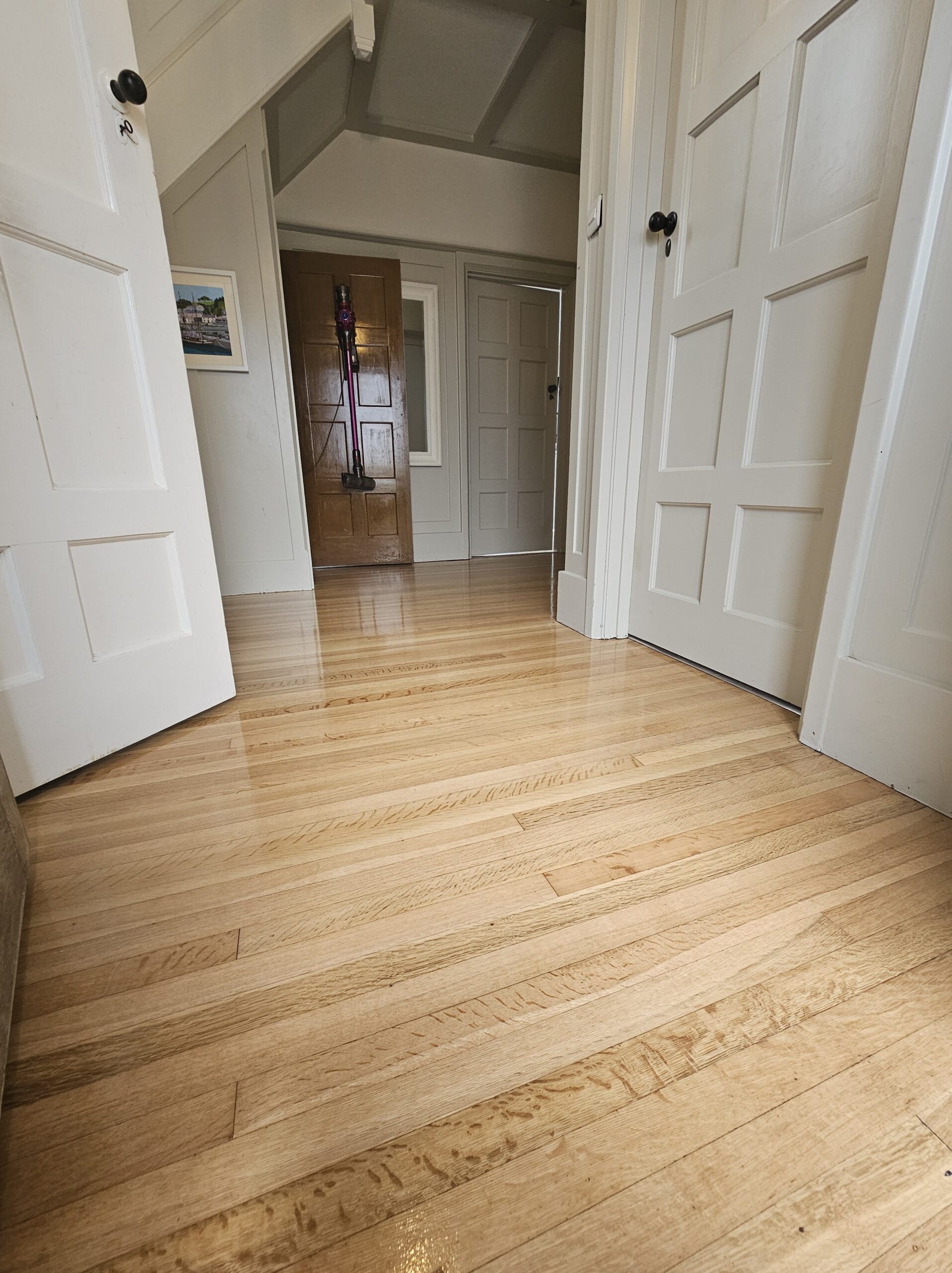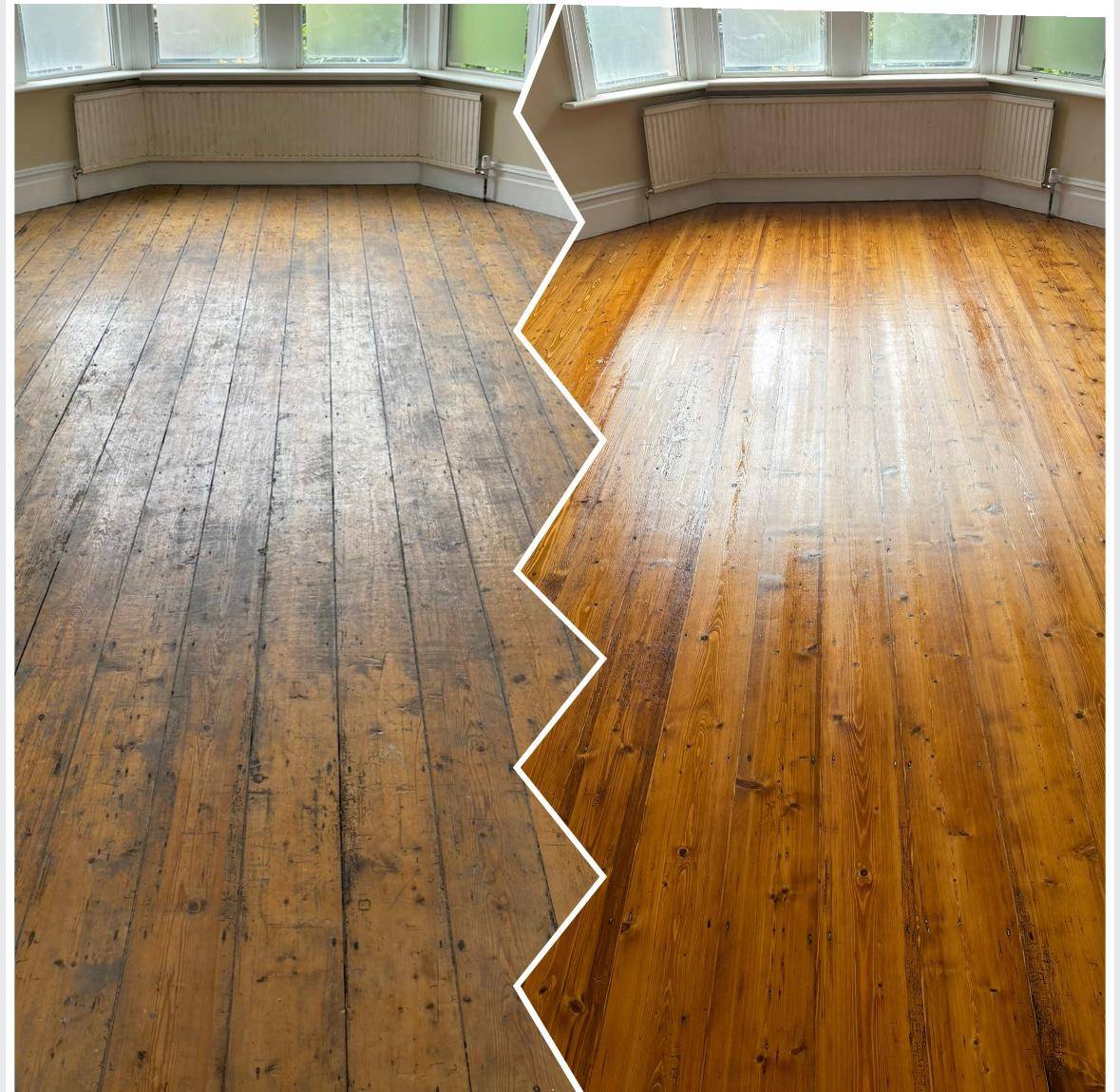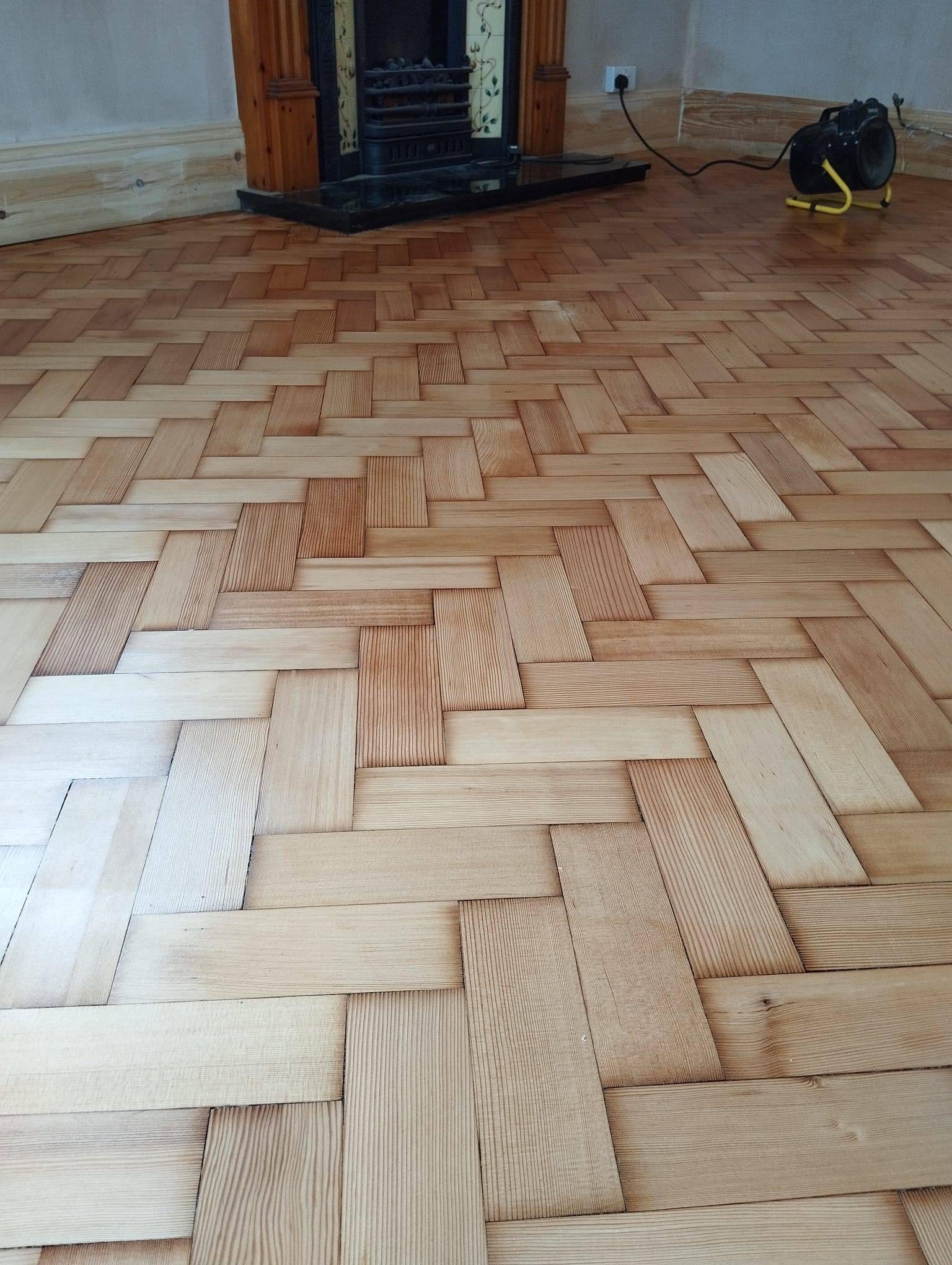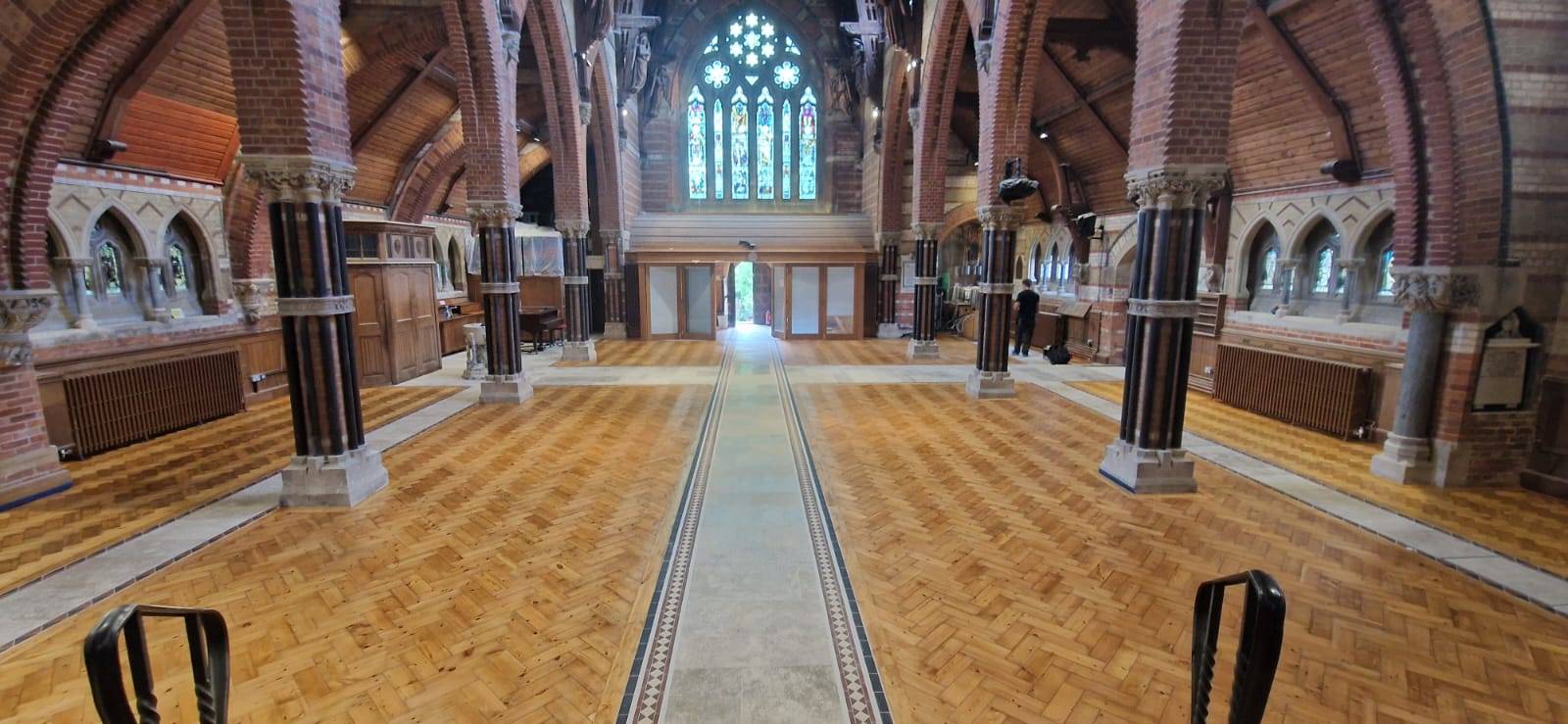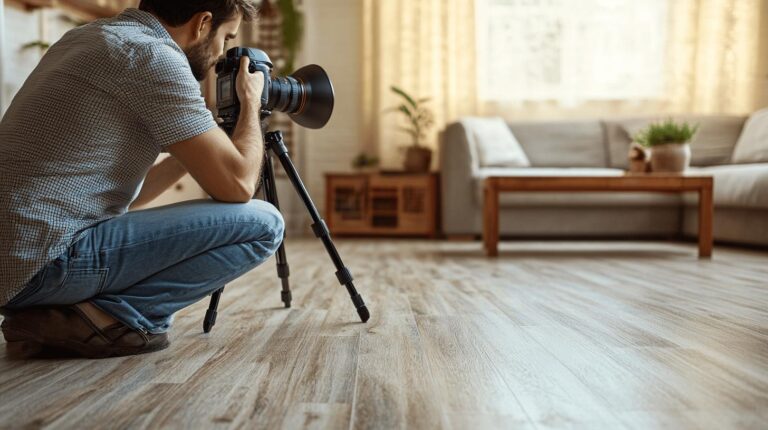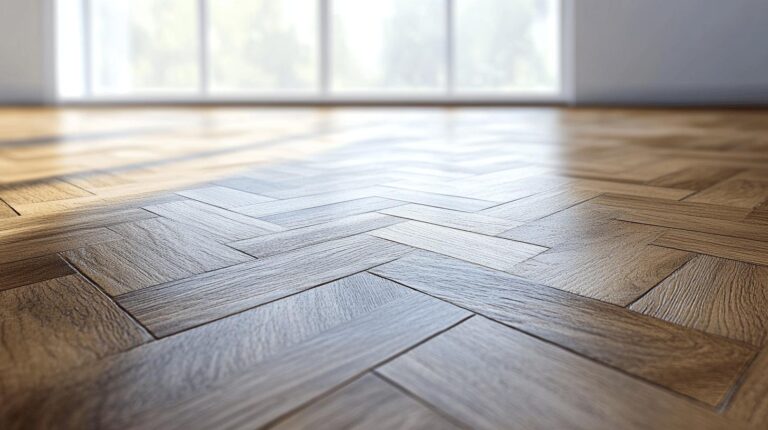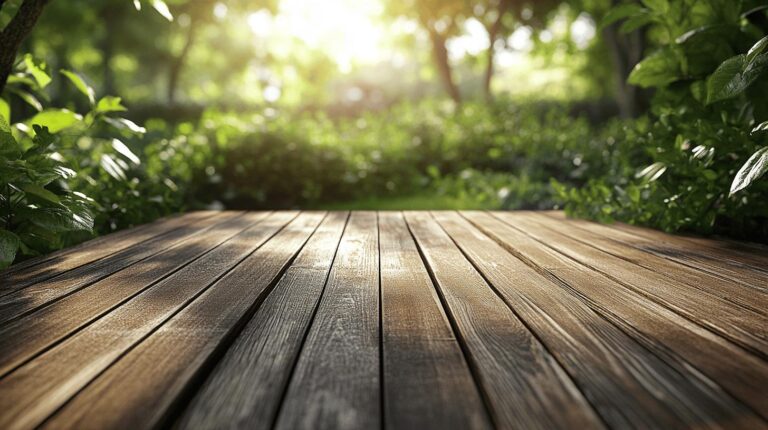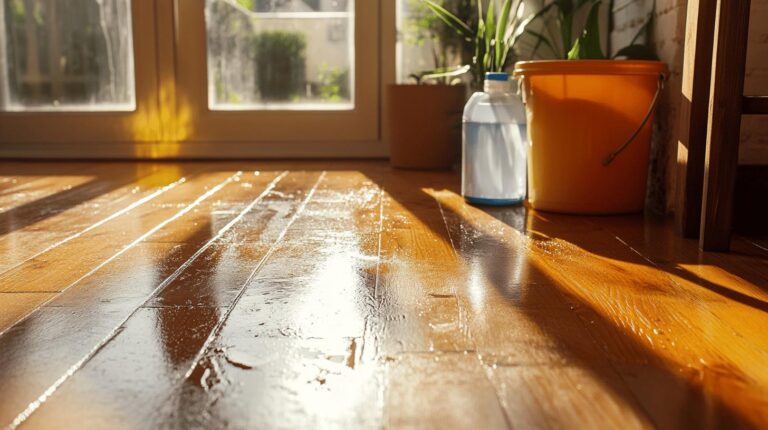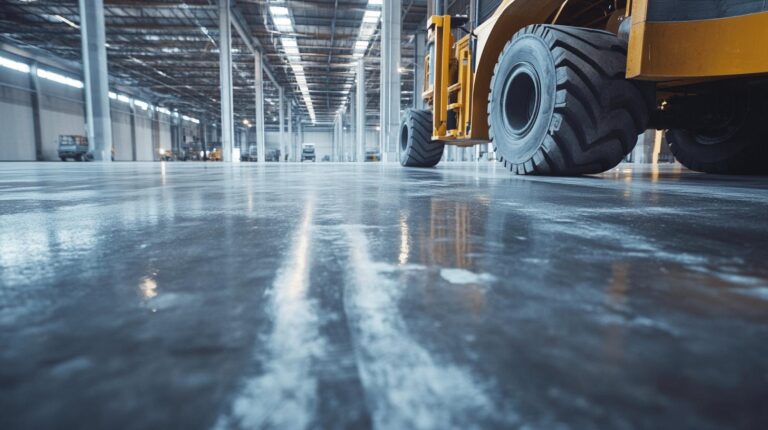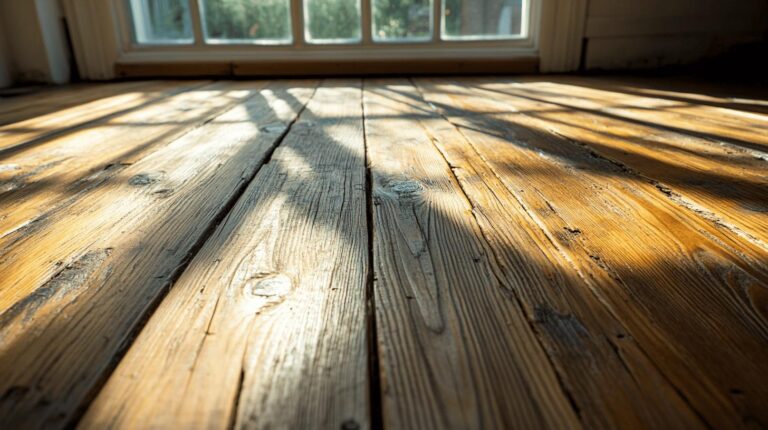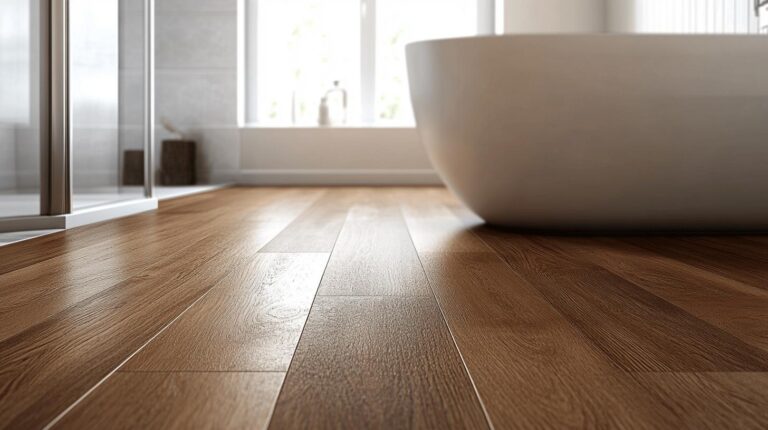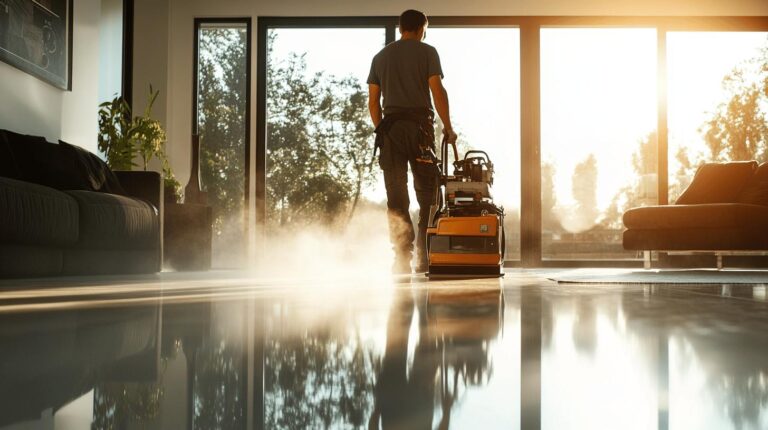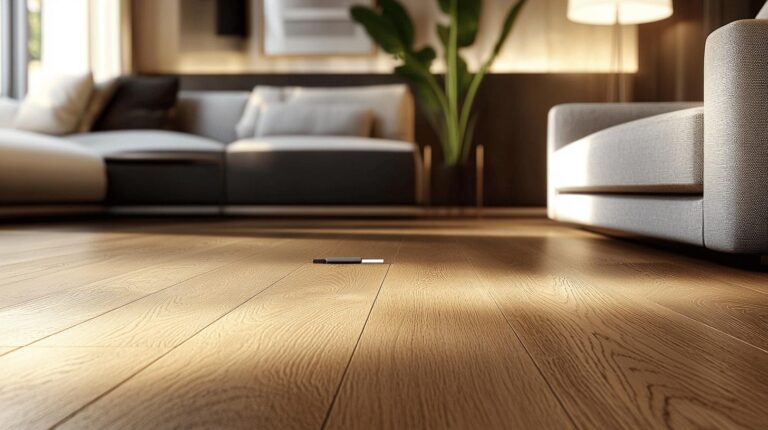Is restoring engineered chevron patterns more challenging than it appears? Tackling the intricate process of restoring these patterns can certainly raise eyebrows, given the hurdles of discolouration, misalignment, and material compatibility. Homeowners and restorers know that these issues often stem from wear or improper installation, turning a seemingly straightforward task into a complex balancing act. Understanding these unique characteristics and the ensuing challenges is vital. Only with a comprehensive grasp can one hope to negotiate the restoration minefield successfully, reclaiming the beauty and splendour of chevron-patterned floors.
Understanding Engineered Chevron Patterns: Restoration Challenges
Engineered chevron patterns are renowned for their intricate design and timeless appeal, adding a touch of elegance to any space. Unlike traditional parquet flooring, the chevron pattern features a series of V-shaped lines that meet at a point, creating a continuous zigzag effect. This pattern requires precise cutting and alignment to maintain its visual harmony. The engineered version combines a solid wood veneer with a layered core, offering enhanced stability and resistance to temperature fluctuations. However, this complexity can pose unique challenges during restoration, particularly when addressing issues such as discoloration and misalignment. These difficulties often stem from everyday wear, accidental damage, or improper installation.
- Discoloration: Sunlight and moisture exposure can cause the wood to fade or darken unevenly.
- Misalignment: Settling or incorrect installation can disrupt the seamless flow of the chevron pattern.
- Material Compatibility: Engineered wood may react differently to restoration products compared to solid wood.
- Wear and Abrasion: High foot traffic can wear down the finish, exposing the wood to further damage.
- Adhesive Failure: Over time, adhesives may weaken, leading to loose or detached planks.
.
Understanding these restoration challenges is vital for achieving a successful outcome. A thorough assessment of the floor’s condition is essential before commencing any restoration work. Identifying the root cause of issues helps in selecting the appropriate techniques and materials. For instance, choosing the right stain that complements the original colour can effectively address discoloration, while precise measurement and reinstallation may resolve alignment issues. Awareness of these challenges allows for informed decision-making, ensuring the restored floor retains its beauty and structural integrity.
Techniques for Overcoming Restoration Challenges
Using the correct tools and adhering to safety measures are pivotal in overcoming restoration challenges associated with engineered chevron patterns. Essential tools include high-grade adhesives for reattaching loose planks, and sanders such as belt and orbital sanders for smoothing surfaces and removing worn finishes. Safety precautions are equally critical, including wearing protective gear like masks and goggles to guard against dust and debris. Proper ventilation is necessary, especially when using chemicals like stains and finishes, to minimise health risks and ensure a safer working environment.
Specific techniques are required to address distinct challenges encountered during restoration. For discoloration, selecting a stain that closely matches the original floor colour is crucial. Misalignment issues demand precise measurement and possibly reinstallation to maintain pattern integrity. Material compatibility is another concern, necessitating the use of restoration products specifically designed for engineered wood to prevent damage. For wear and abrasion, applying a durable finish can protect the floor from future damage. Lastly, addressing adhesive failure involves using high-quality adhesives to ensure long-lasting plank stability.
Expert tips enhance the success of restoration efforts. Conducting a thorough assessment of the floor’s condition before starting any work allows for a targeted approach to problem-solving. Using high-quality sanding equipment ensures a smooth surface preparation, crucial for applying finishes that adhere well and enhance the floor’s longevity. Moreover, investing in premium materials and taking the time to perform each step meticulously results in a beautifully restored chevron pattern that retains its elegance and durability for years to come.
Aligning and Maintaining Chevron Patterns

Alignment issues in engineered chevron patterns are often due to shifting or expansion of the flooring over time. These misalignments disrupt the visual continuity of the pattern and can detract from the floor’s overall aesthetic. To tackle these issues, precise measurement and reinstallation are often required. This involves carefully lifting and repositioning the affected sections to ensure they align correctly with the surrounding pattern. In some cases, this may also necessitate trimming or replacing planks to fit perfectly. Consistently checking the floor’s alignment and making necessary adjustments can prevent long-term issues and maintain the elegant appearance of the chevron design.
- Regularly inspect for any shifts or misalignments and address them promptly.
- Use high-quality adhesives to secure planks and prevent movement.
- Control humidity levels to minimise wood expansion and contraction.
- Use protective pads under furniture to avoid pattern disruption.
.
Material compatibility is crucial in the restoration and maintenance of chevron patterns. Engineered wood can react differently to restoration products compared to solid wood, and using incompatible products can lead to damage or ineffective repairs. It’s essential to select products specifically formulated for engineered wood, such as adhesives and finishes, to ensure they bond correctly and provide lasting protection. Understanding and addressing material compatibility will significantly influence the success of the restoration process, preserving the floor’s structural integrity and visual appeal.
Addressing Discoloration and Finish Challenges
Discoloration in engineered chevron patterns typically results from prolonged exposure to sunlight and moisture. These elements can cause the wood to fade unevenly, or in some cases, darken certain areas. Before initiating any restoration work, it’s essential to conduct a thorough assessment of the floor’s current condition. This involves identifying the extent and pattern of discoloration, which can help in determining the most effective restoration approach. Understanding where and why discoloration has occurred allows for a targeted strategy, ensuring that the chosen remedies address both the visible effects and underlying causes.
Selecting the right stains and finishes is crucial for restoring the appearance of discoloured floors. It is vital to choose stains that match the original hue to ensure a seamless integration with the existing floor. The SQuAD method suggests using stains specifically formulated for engineered wood to achieve the best results. This ensures that the stain penetrates effectively without damaging the wood’s surface. Similarly, finishes should be selected based on their durability and compatibility with engineered wood. Opting for high-quality finishes can enhance the floor’s aesthetic appeal and offer protection against future wear and tear.
Regular maintenance plays a key role in preserving the restored look of the floor. Implementing a consistent cleaning routine using products suitable for engineered wood can prevent the accumulation of dirt and grime that may dull the finish over time. Additionally, protecting the floor from direct sunlight and moisture by using curtains or blinds, and maintaining stable indoor humidity levels, can significantly reduce the risk of future discoloration. These preventive measures, combined with periodic inspections and touch-ups, will help sustain the floor’s colour and finish, prolonging its elegance and functionality.
Case Studies and Professional Insights
Real-life case studies underscore the critical role of professional intervention in the restoration of engineered chevron patterns. A particularly instructive case involved a historic building where the chevron pattern had suffered misalignment and severe discoloration due to decades of exposure to sunlight and fluctuating humidity levels. The restoration process employed by professionals in this instance highlighted the necessity of precision in both measurement and product selection. By utilising state-of-the-art sanding and measuring equipment, alongside stains specifically designed for engineered wood, the project successfully restored the floor’s original elegance. This case study illustrates that professional expertise is often indispensable for achieving high-quality finishes and overcoming complex restoration challenges.
Professional Guidance and Tools
Professionals bring a wealth of expertise and specialised tools to chevron pattern restoration, ensuring superior results. High-quality sanding equipment and precision saws are common tools used to address wear and misalignment, while non-toxic adhesives secure planks without compromising wood integrity. Professionals also utilise advanced methods for matching stains and finishes, which are critical for tackling discoloration. The involvement of skilled professionals not only ensures that the restoration process adheres to the highest standards but also significantly reduces the risk of further damage, safeguarding the floor’s longevity and appearance.
Visual aids, such as detailed pictures or videos, play a pivotal role in guiding restoration efforts. They provide clear examples of the restoration process, demonstrating techniques and expected outcomes. For both DIY enthusiasts and professionals, these visual resources can offer a practical reference, helping to clarify the complexity of tasks such as realignment and finishing. By illustrating successful restoration projects, visual aids enhance understanding and confidence, contributing to more effective and accurate restorations.
Final Words
Confronting the restoration of engineered chevron patterns involves unique challenges, such as aligning misaligned tiles and handling discoloration. Utilising specific tools and techniques ensures these obstacles are effectively managed. Aligning patterns and addressing material compatibility are crucial steps in this process, preventing further issues down the line.
The role of professionals, who bring essential insights and tools, cannot be overstated. Leveraging their expertise assures a high-quality finish. With the right approach, restoring engineered chevron patterns not only enhances floors but also preserves their intricate beauty for years to come.
Engineered vs Solid Wood Flooring: Compare Restoration Techniques
Revive chevron floors → Parquet Floor Sanding
FAQ
What are the unique characteristics of engineered chevron patterns?
Engineered chevron patterns involve precisely cut wood pieces arranged in a V-shape at a 45-degree angle. This complex arrangement requires careful installation and maintenance to retain its aesthetic and functional qualities.
What are common restoration challenges for chevron pattern floors?
Restoration challenges include discoloration, misalignment, material incompatibility, wear-and-tear issues, and improper installation. Addressing these issues is essential for preserving the floor’s integrity and appearance.
How can restoration challenges for engineered chevron patterns be overcome?
Effective restoration requires appropriate tools like sanders and high-grade adhesives, as well as techniques that address specific issues such as alignment and finishing. Ensuring safety measures and professional assessment is also critical.
What techniques help in maintaining chevron patterns?
Maintaining chevron patterns involves regular cleaning, immediate repair of any damage, periodic sealing, and ensuring stable indoor conditions to prevent wood movement. Consistent maintenance helps maintain pattern integrity.
How can discoloration and finish challenges be addressed?
Discoloration can be tackled by choosing proper stains and finishes that match the floor’s original look. Regular maintenance, including avoiding direct sunlight and controlling moisture, helps sustain the desired appearance.
How do professional insights contribute to restoration projects?
Case studies highlight the proficiency of professionals in handling complex restorations, ensuring top-quality finishes. Visual aids and expert guidance during the process can significantly contribute to successful results.
